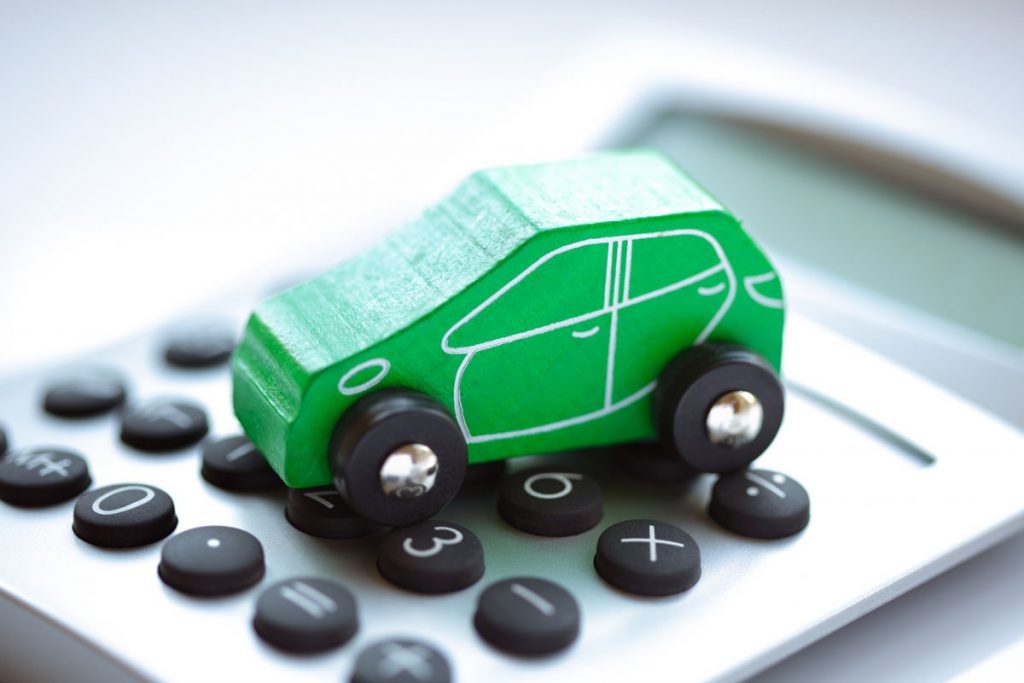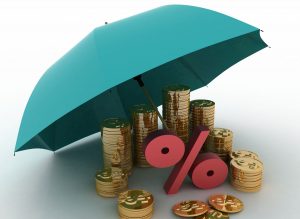If you're reviewing several options for an auto loan, you may notice they differ by their interest/principal payment options. Which in many cases, leaves one wondering: Is it better to pay principal or interest on a car loan? The short answer is: Principal. But keep reading to understand why - and see if this is also the best option in your particular case.

The principal is the amount of the loan, the actual purchase price of the car, while interest is an expense to you and income to the bank or financing company. It is the cost of borrowing. Being able to pay less interest over the life of the car note is how you can save money on the car, in addition to having a lower purchase price in the first place.
However, car loans are virtually unavoidable given that most Americans need to drive and don't have the cash to buy a vehicle upfront. Simultaneously, the average price of a new car has risen 2.3% from 2018 to 2019, according to Experian. In the first quarter of 2019, Americans paid an average of $554 per month for a new car and the average car payment for used cars was $391. In comparison, the average lease payment is $457 per month for the same timeframe.
A car loan is typically five years, or 60 months although some banks offer two and three-year financing options depending on factors like the size of your down payment, your creditworthiness, and income. Subprime car loan terms for borrowers with fair or poor credit can be longer, around 72 months or six years.
The best possible scenario is paying down your car loan as soon as possible so that you can own it outright and also pay less interest in the long run. To better understand your car loan and how interest and principal work, you'll want to bear the following in mind if one of your goals is to pay off your car loan early.
Why is My Interest Higher Than My Principal?
Whether you're taking out a car loan or a mortgage, a significant portion of your first year or two of payments is going to be allocated to interest, and there are a few reasons for this. Whether you have excellent credit or not, so much of the first few payments goes to interest so that in the event you default on the loan, the lender has a more favorable profit if they repossess the car before it depreciates too much. While the same concept of higher interest payments in the early years also applies to mortgages even though homes can appreciate in value significantly, the term of the car note is much shorter than a mortgage which is likely to be a 10, 15, or 30-year commitment.
The shorter the life of the car loan, the higher the interest even if you have good credit. The lender wants to make money off the loan and unlike real estate, cars don't have a long life and they also lose value over time.
When you borrow money with a fixed periodic interest rate like a home mortgage, car loan, or business loan, the lender creates an amortization schedule that details exactly how much of each payment will be allocated to principal and interest. If you use a loan calculator or spreadsheet to determine how much you are able to afford for a car payment, you can visualize an amortization table detailing how much you pay in interest and principal every month even though your car payment amount does not actually change.
For example, a $30,000 car purchase with a 60-month term and 4% interest rate results in a $552.50 monthly payment where the very first payment is comprised of $100 in interest and $452.50 in principal. In contrast, the very last payment is just $2 in interest and $550.50 in principal. The total cost to borrow the money for the car is $3,150 in interest over the life of the 5-year loan. It helps to make your own amortization table based on the interest rate you can realistically shop around for based on your location, credit rating, and the type of vehicle you have in mind so you can better understand where your car payment is going.
Do Extra Car Payments Go to the Principal?
In short, yes.
Using the above example of the $30,000 car with a $552.50 monthly payment, let's say that you made some extra money this month and want to pay $1,000 instead. That extra $447.50 would be allocated to the balance of your loan, which is the principal. If you were making payments for a year with an outstanding balance of $24,469 per the amortization table, the principal would be reduced to $24,021.50.
You are essentially getting closer to paying off the loan and owning the car outright with each additional payment.
Does Paying Down Principal on a Car Note Reduce Monthly Payments?
Yes, it can, if you have a standard fixed-rate car note.
Even though a car note is a fixed payment, unlike credit cards which are revolving debt, you don't have to wait until you have the full amount on hand to start paying it down early. Using the above example where the car note obligation is $552.50 per month but you decide to pay $1,000 that month instead, your monthly payment will be reduced from that point forward. This is because the principal amount will have reset using the same interest rate, so less interest will accrue on the reduced principal.
An extra $50 or $100 towards the principal every month may not seem like a huge impact at first, but it becomes noticeable over time. Depending on the interest rate and how much you borrowed, and how far along you are in the life of the loan, you can end up drastically reducing your monthly payments to the point you can pay off the entire car sooner than you planned.
Is it Better to Make Principal-Only Payments?
It depends on the type of agreement you have with the lender. A principal-only payment can help propel your payoff date much faster, or if the lender has a punitive early repayment policy, it can end up defeating the purpose of paying off the loan before the end of its life.
Essentially, a principal-only payment that is separate from your regular monthly car payment goes directly to the principal of your car loan. Just like adding extra money to your regular car payment, principal-only payments can help you approach your payoff date faster while resulting in continually smaller monthly payments because that principal reduction causes the amortization schedule to recalculate.
However, every lender has different policies regarding these payments. There may be a pre-payment penalty specific to the type of loan you have, or that the lender applies to all of their car notes. A pre-payment penalty may or may not be worth making large principal-only payments since this is the lender's way of getting back their lost income. Some lenders will meet you in the middle by putting a cap on principal-only payments before the penalty kicks in, others will discourage them altogether. Check the fine print of your loan's terms to see if you would factor this into your plan to repay your car loan early.
Reducing your car loan's principal will help you pay it off faster, but you should consider both pre-payment penalties and prioritizing paying down other debt with higher interest.



